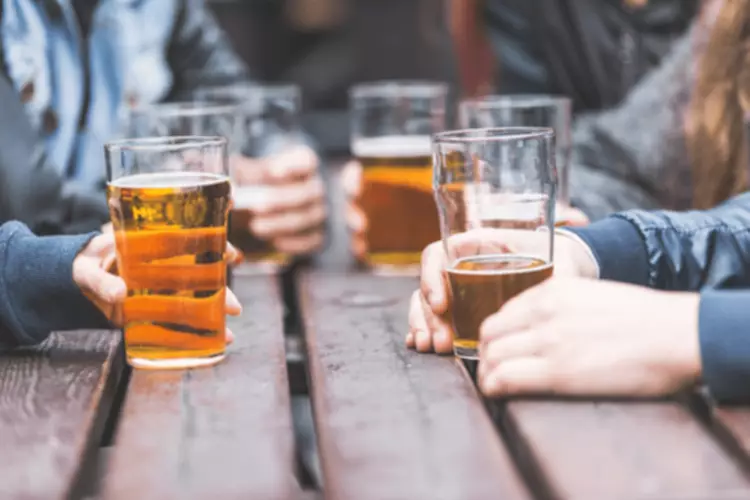Present bias is a characteristic property of discounting models that feature a sharp rise in the discounting rate for rewards delivered closer to today, such as quasi-hyperbolic discounting [34, 35]. Baseline personality traits were obtained using the NEO Five Factor Inventory [NEO-FFI; [38]]. The Symptom checklist-90 [SCL-90; [39]] was used to social drinking and drinking problem measure symptoms of anxiety and depression. The Family Tree Questionnaire [FTQ; [40]] was used to assess family history of alcohol problems. The Biphasic Alcohol Effect Scale [BAES; [41]] was used to measure stimulant and sedative effects of alcohol. Those with alcohol use disorder may find it hard to stop drinking when drinking socially [4].
Substance Use Treatment
Detailed eligibility criteria are provided in Supplementary Materials. In brief, subjects were excluded if they had any psychiatric disorder, were pregnant, had any previous neurological condition or if they were at risk of alcohol or other substance use disorders except nicotine. Alcohol Use Disorder Identification Test [AUDIT; [37]] was used https://ecosoberhouse.com/ to assess the presence of AUD or hazardous drinking. Breath alcohol concentration (BrAC) baseline was measured using a breathalizer. Of these, 129 were allocated to placebo and 136 were assigned to alcohol (Fig. 1A). Genetic, psychological, social and environmental factors can impact how drinking alcohol affects your body and behavior.
You deserve excellent care and a rewarding life in recovery.
We used the proportion (for each person) of choices where the equal allocation was chosen over the more efficient allocation (pr. equality). In the first task, participants were endowed with 50 SEK (appr. $5) and decided how much of it to keep for themselves and how much to donate to a well-known charity organization (Swedish Heart-Lung Foundation). The main dependent variable was the amount donated (donation to charity). This was assessed using two different tasks, designed to measure both altruistic behavior and preference for equality versus efficiency in distributions.
- From Oktoberfest in Germany to America’s thriving craft beer culture, social drinking is considered the norm.
- Do you keep drinking at the end of an event to keep the party going?
- There is no defined pattern of use for people who identify as social drinkers.
- Some mental health issues like anxiety and depression can lead to alcoholism.
- However, it depends on the person and the amount of alcohol consumed during social drinking experiences.
What are the Warning Signs of Alcoholism?
We cannot guarantee payment or verification eligibility as conveyed by your health insurance provider will be accurate and complete. Payment of benefits are subject to all terms, conditions, limitations, and exclusions of the member’s contract at time of service. Your health insurance company will only pay for services that it determines to be “reasonable and necessary.” The treatment center will make every effort to have all services preauthorized by your health insurance company. Over time, this higher tolerance often leads to a person drinking larger quantities. Too much alcohol affects your speech, muscle coordination and vital centers of your brain.
- Recovery is possible and attainable with the right help and support.
- Providing young adults with personalized feedback about their alcohol use compared to their peers has shown effectiveness.
- The Covid-19 pandemic led to an increase in individuals drinking alcohol at home, as they were unable to drink with friends and family in social settings.
- Reframe supports you in reducing alcohol consumption and enhancing your well-being.
- The key difference between occasional drinking and social drinking is the frequency and context in which alcohol is consumed.
Part of this confusion is that many individuals are unclear about the differences between social drinkers, problem drinkers, and alcoholics. There is also a lack of awareness of what the true warning signs of alcoholism are. No, because getting drunk often involves heavy drinking or binge drinking. If you regularly drink more than the definition of moderate drinking — 2 drinks per day for men, 1 drink per day for women — it’s a sign you may have a problem with alcohol. Social drinking often occurs in environments where alcohol is a central element of group interactions, and individuals may partake in drinking to feel included or to conform to group norms. Therefore, it is crucial to identify warning signs that can tell us if social drinking is transitioning into an alcohol-related problem.
Is My Social Drinking a Problem? 10 Warning Signs
How to Combat Drinking Problems and Alcoholism






